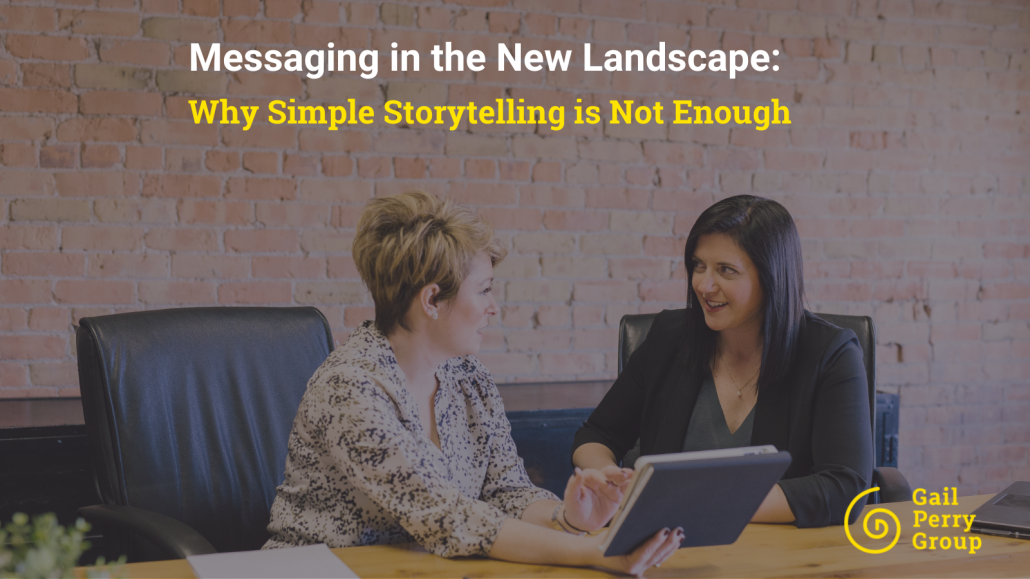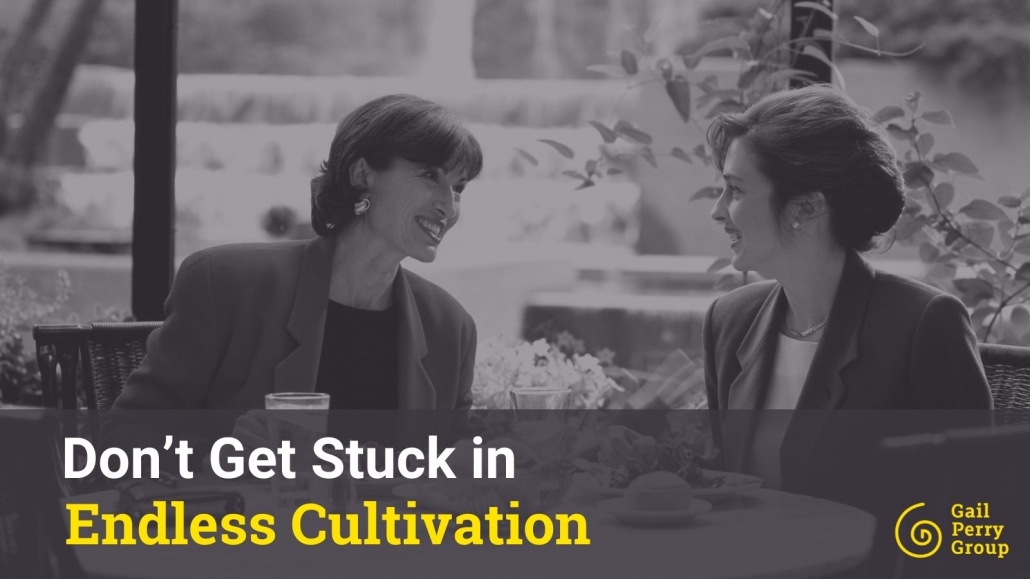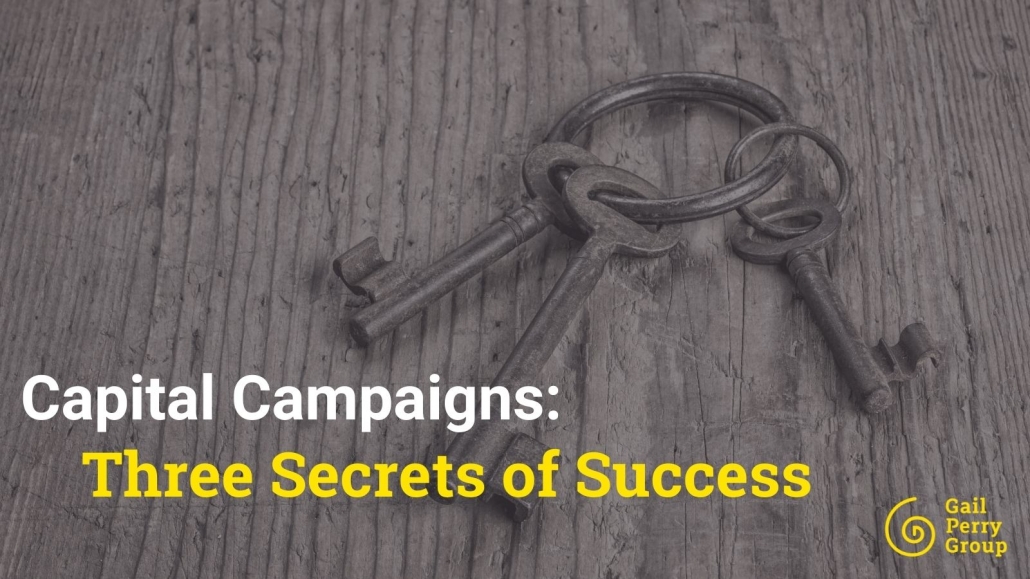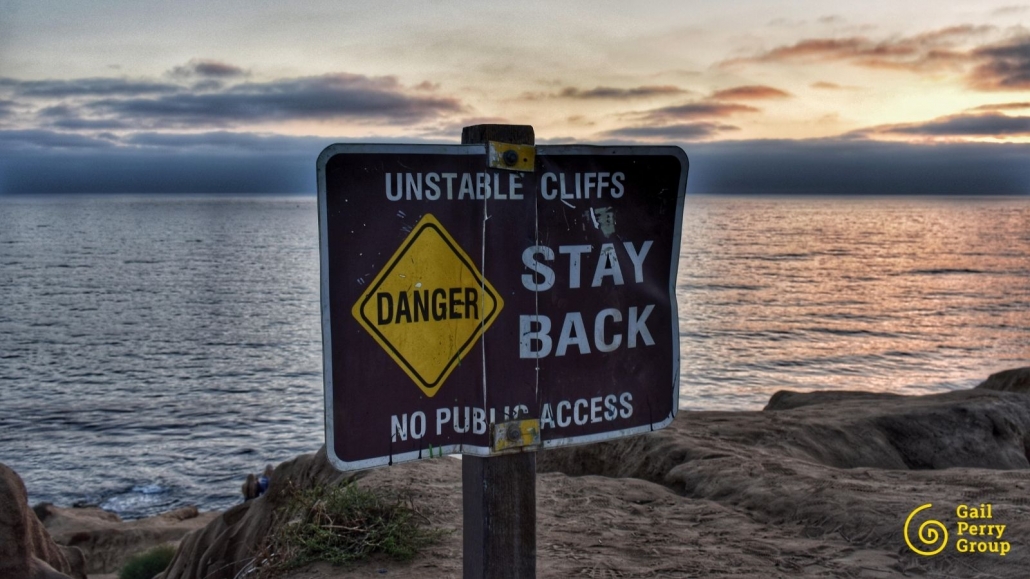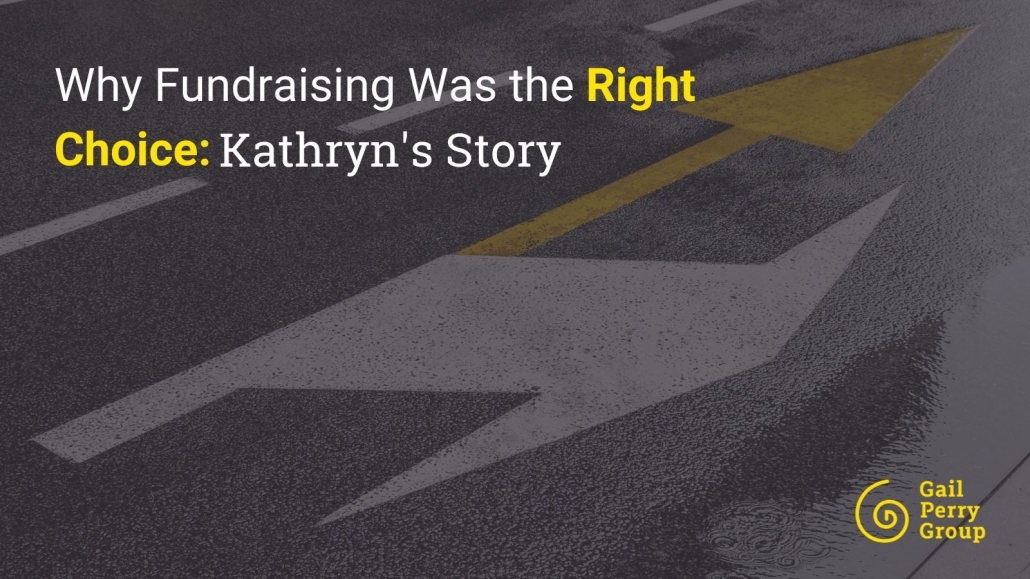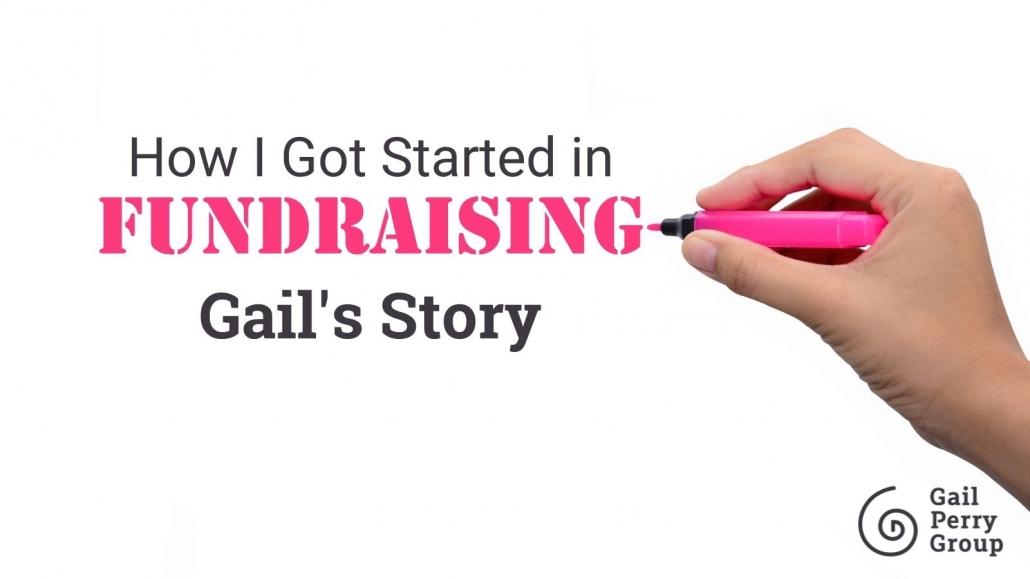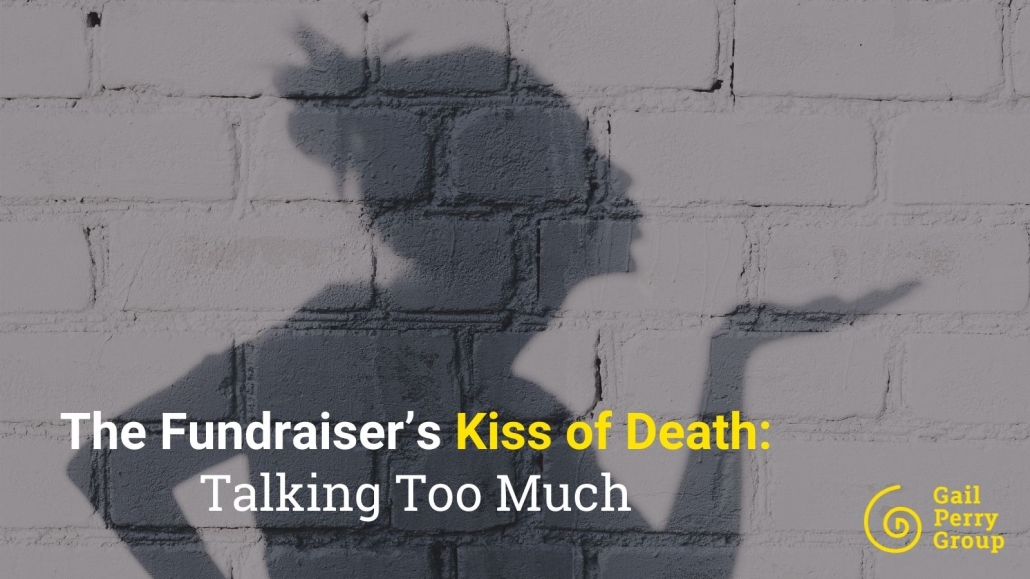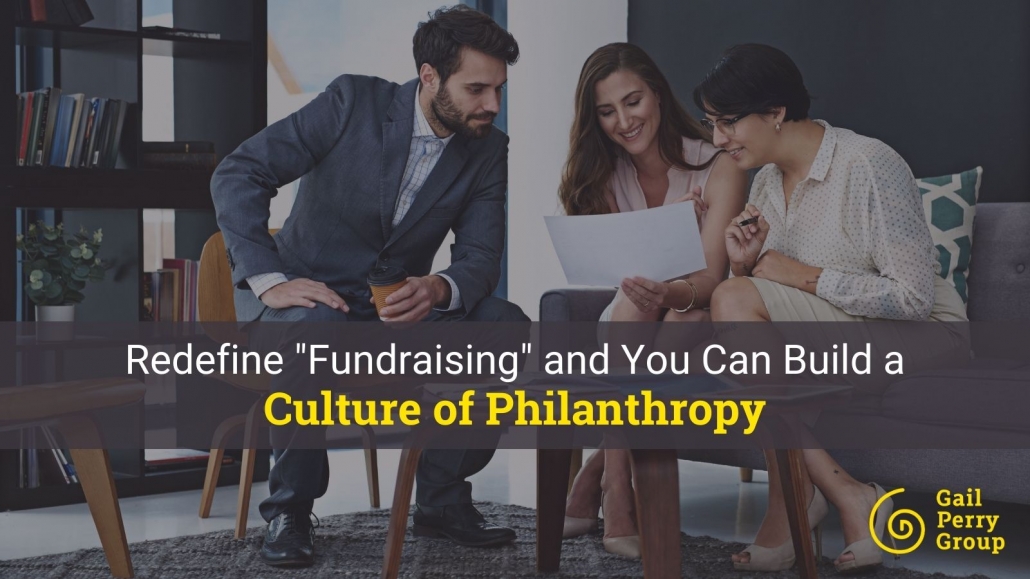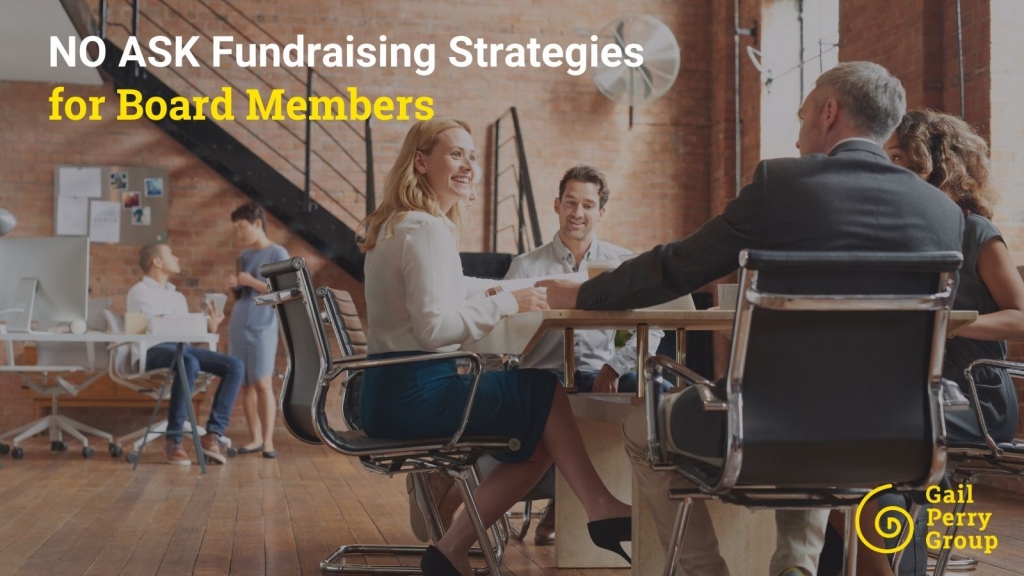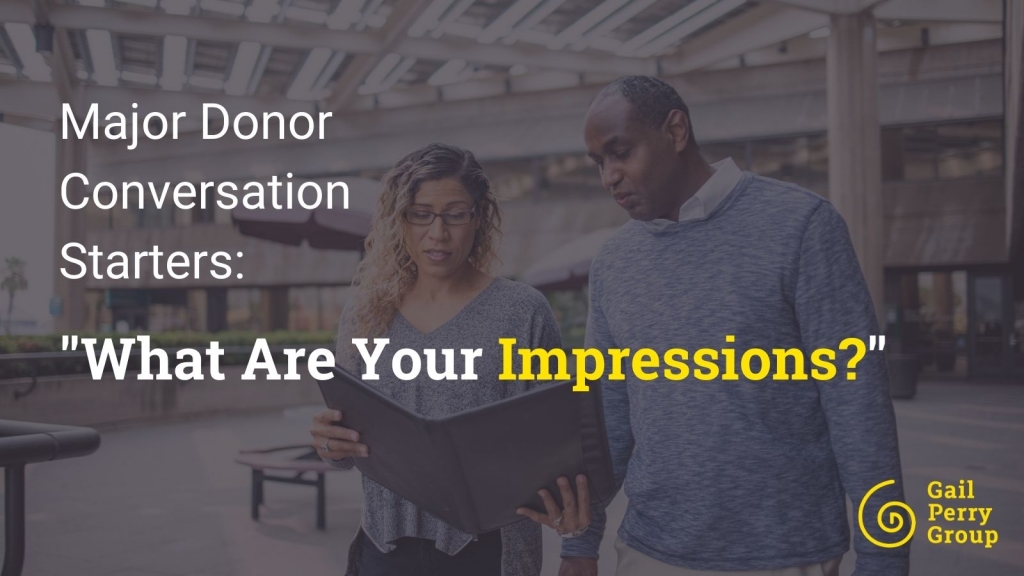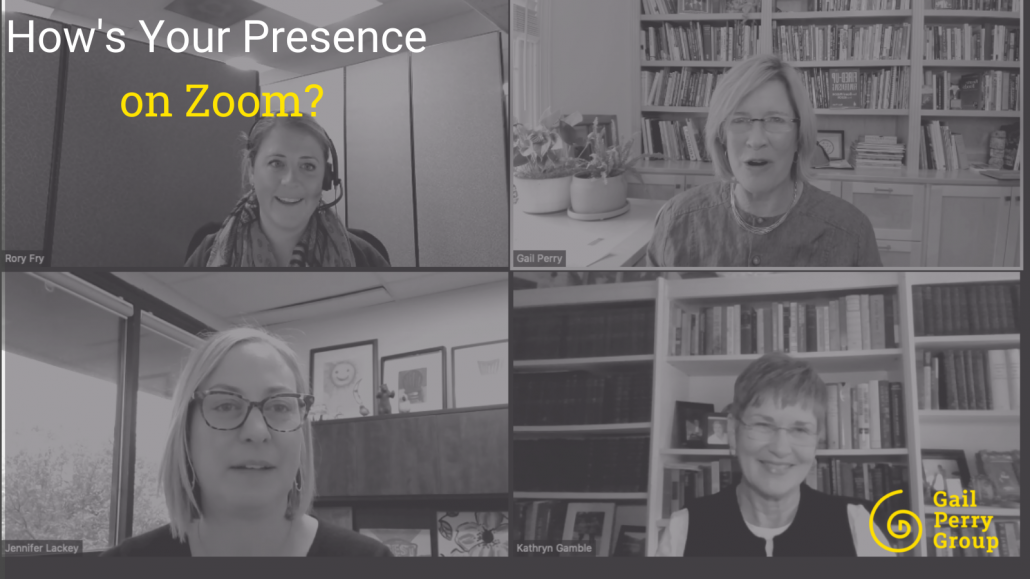
Remember last year, when it seemed like all fundraising activity converted to Zoom? What a challenge it was.
Did you have to scramble to master an entirely new set of digital and video tools? We certainly did!
Here’s the problem with zoom: Your entire self-presentation is confined to one small box on the screen.
That means all your enthusiasm, personal power, energy, and joy are compacted into that tiny box. People draw all sorts of conclusions about you just based on how you are showing up.
Since many donors prefer Zoom these days, we think all fundraisers now need to sharpen up their zoom skills.
It’s not enough just to show up with good lighting on your face – there’s more to deal with than you realize.
I’ll be exploring this topic in a complimentary webinar that Beth Ann Locke and I are presenting next week. We’ll be laying out specific strategies that will help you and your team close more gifts this year-end – including asks on Zoom.
Closing Gifts in the New Fundraising Landscape: How to Ace Your Year-End Goals
October 5th at 3 pm eastern
You can find out more and register here.
We’ll share how this year’s donors have changed, what they want today, and how you can evoke their enthusiasm to close more gifts this fall – even on Zoom.
It’s time to strengthen your Zoom presence.
What’s a Zoom presence? It’s how you come across on the screen.
Your challenge, in the new Zoom world, is to so sharpen your presence that you can show up as the truly wonderful person you really are.
Think this isn’t important? Then consider this: We have literally decided not to work with someone, based on their zoom presence.
By the same token, this could happen to you with a donor!
Your Resting Expression. What Does Your Face Say?
Try watching news anchors who are interviewing people. You’ll frequently see their face resting, but still showing an expression of interest. I read once that a news reporter said, “never let your face completely relax.”
With this in mind, try looking at your own face on a zoom call when others are talking. Do you “seem” interested? Do you appear to be engaged? Or not?
Moreover, what does your resting expression say about you? That you are a nice person? That you are secretly scared and nervous?
Even more, are you a smart, professional person?
I see too many people on zoom who seem tense, just because of their eyebrows. Do you want to discuss a major gift with someone who seems tense? NO.
What Does Your Zoom Background Say About You?
Who among us has not been fascinated by the backgrounds of sportscasters, news pundits, and regular people? Even more, who has not gotten completely distracted trying to decipher details about someone’s life from their background?
Unfortunately or fortunately, your background can brand you as someone who is rooted in the 80’s or ’90s, or someone who is with it, up to date on new ideas and charging ahead into the next decade.
(I decided to upgrade my zoom background – and even had a much more professional-looking bookcase for my office to show up on the screen. I’m hoping that it looks more professional to the world!)
Bottom Line on your Zoom Presence: Watch yourself carefully – and critically – on a recording.
What can you improve? Your expressions? Your lighting? Do you need to wear a brighter color, or a sleeker-looking shirt or top?
Brush up what you can, and you will feel more confident and enthusiastic when it comes time for important donor meetings.
And don’t forget to join our complimentary webinar next week:
Closing Gifts in the New Fundraising Landscape: How to Ace Your Year-End Goals.
Hope to see you there!
As always, it is a pleasure to share our weekly insights with you as we cover important fundraising strategies.
If your organization is planning a capital campaign or expanding your major gifts program – we can help. Send an email to coaching@gailperry.com if you’d like to schedule a free strategy call with us.
